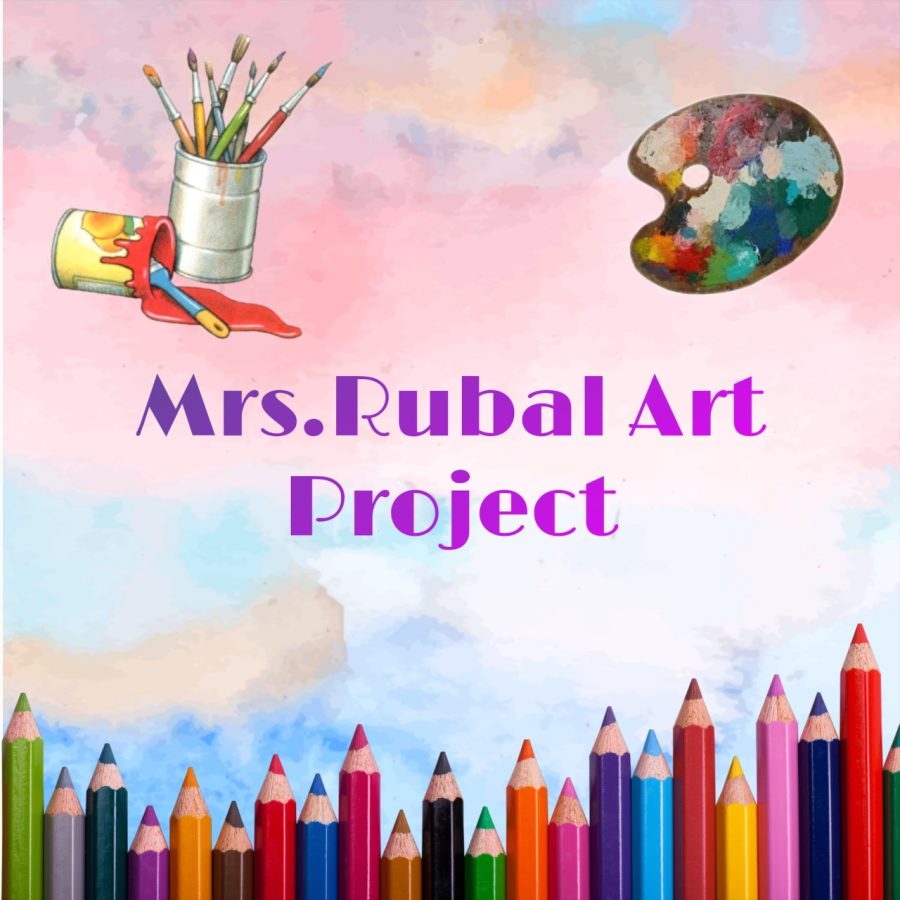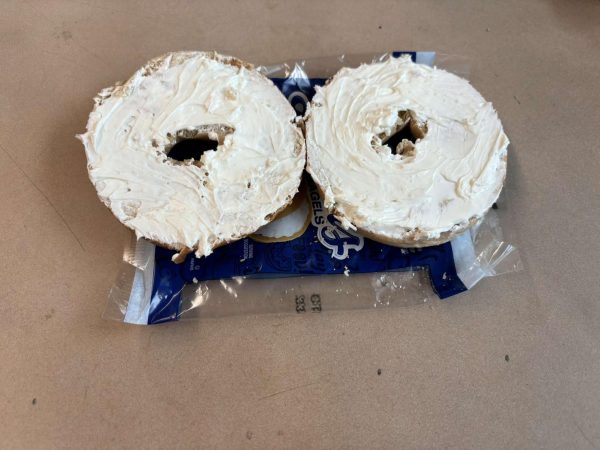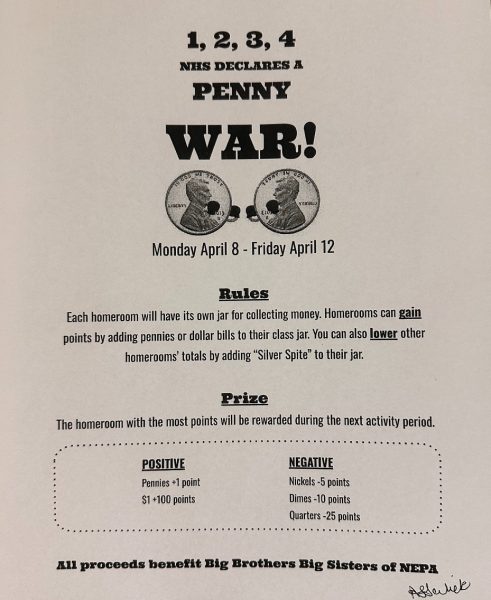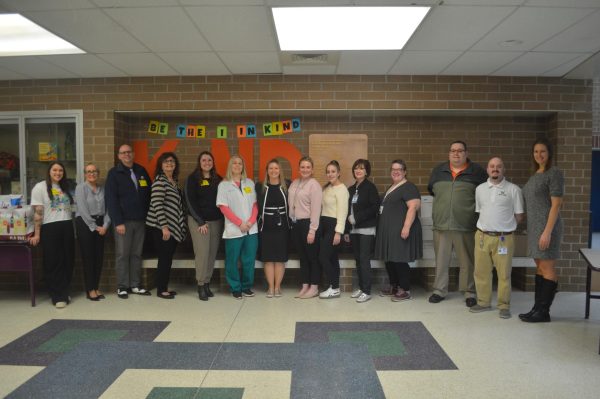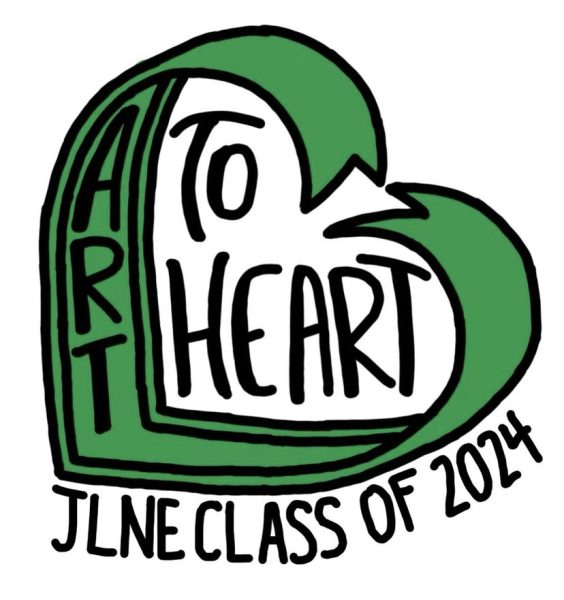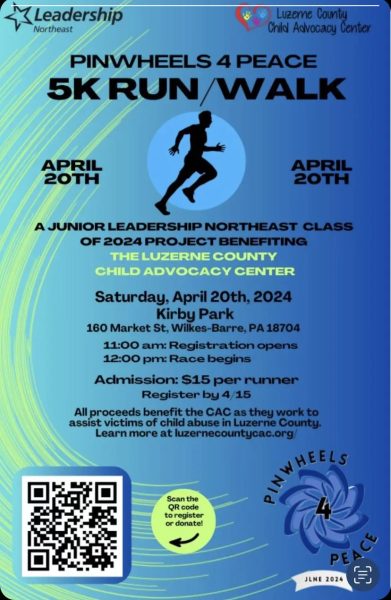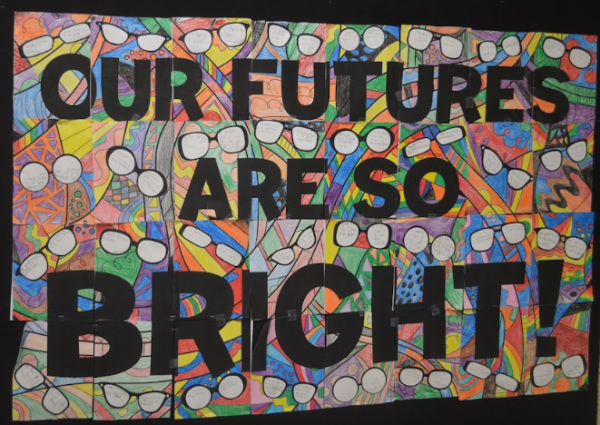Mrs. Rubal’s art class raises awareness with spotted lanternfly sculptures
THE SUMMER SEASON IS HERE! This means no school, beach days, driving with the windows down… and the return of the invasive Spotted Lanternfly.
What is the Spotted Lanternfly?
The Spotted Lanternfly is an invasive species native to Asia. The Spotted Lanternfly was first located in Pennsylvania in 2014. It has since spread to multiple counties and has become the enemy of many.
What should I do if I am faced with a Spotted Lanternfly?
BURN IT. MERCILESSLY DESTROY IT AND DISREGARD ITS FAMILY. Joking — kinda. The Pennsylvania Department of Agriculture recommends that you kill on sight. Whether that may be a gentle squish, a solid squash, or… you set it on fire. Just kill the fly. That is all we can do.
Why must I, as a good Samaritan, abolish the life of the Spotted Lanternfly?
Well, the Spotted Lanternfly carries up to 50 eggs at a time! For perspective: the average high school classroom has roughly 21 students. YIKES! To a Farmer, the Spotted Lanternfly is the Grim Reaper. They begin to hatch sometime in May. The Lanternfly will eat your trees. They will destroy your crops. They will swarm your picnic tables. And most importantly, they will ruin your harvest. That sounds deserving of a death sentence to me.
Mrs. Rubal is fighting back. She recently recruited her Art Class for a sculpture project to raise awareness of the impending doom being brought upon by the dreaded Spotted Lanternfly. I had the privilege to sit down with Mrs. Rubal and talk to her about her aspirations for the project. This is what she had to say:
NN: “What is this project?”
Mrs. Rubal: ‘Our project is a contemporary sculpture’ project. In an effort to use art to help the environment and bring awareness to an invasive species, we are using cardboard to sculpt the Spotted Lantern Fly. I felt like using anything other than recycled material would be doing no better than the Lanternflies themselves. One drawback to using cardboard though is that the final product has less of a polished look than other sculpture projects might.’
NN: “What inspired you to take on this project?”
Mrs. Rubal: ‘My love for the environment and our ability to make an impact through art. I’m always looking for new project ideas and ways to make an impact through art. Also, the Spotted Lanternfly looks beautiful.’ (It is a shame that they’re such bad bugs.)
NN: “At the end of the day, you have completed your sculptures… what is the end goal & how are you going to use your work to raise awareness for the problem at hand?”
Mrs. Rubal: ‘The Spotted Lanternfly is a threat to certain trees in our area and it’s getting out of control. It’s rampant in the Lehigh Valley and slowly creeping up to the Wyoming Valley. When the bug is seen it’s recommended to kill it and scrape eggs into alcohol. Our class talked about creating a display somewhere locally so that we can build awareness in the community.’
NN: “If someone was looking to start an art project, what would your advice to them be?”
Mrs. Rubal: ‘Learn, practice, and plan! Ask questions, network with other artists, take a class, watch videos from the internet, and practice. Keep a sketchbook no matter what genre you’re working in. Make thumbnail sketches and plan out your work before you do it. A local artist I admire gave a talk to my students once and she said to keep going even when you don’t like where your project is going; move on and make more art.’
As a former student of Mrs. Rubal’s Art Class, I can assure you that this project is nothing out of the norm for her. Mrs. Rubal is constantly striving to influence the world around her through her various art projects, such as this one. I do believe that it is very necessary to raise awareness for this Spotted Lanternfly infestation sweeping the state, and Mrs. Rubal is approaching the problem with some heavy artillery: art. Watch out Lanternflies, GNA is coming for you.
*contemporary sculpture involves techniques developed over time as well as elements of popular culture.

My name is Nicholas Neipert, and I am in my 11th year of schooling, my 7th here at GNA. Prior to my GNA days, I attended 10+ different schools, all across...



